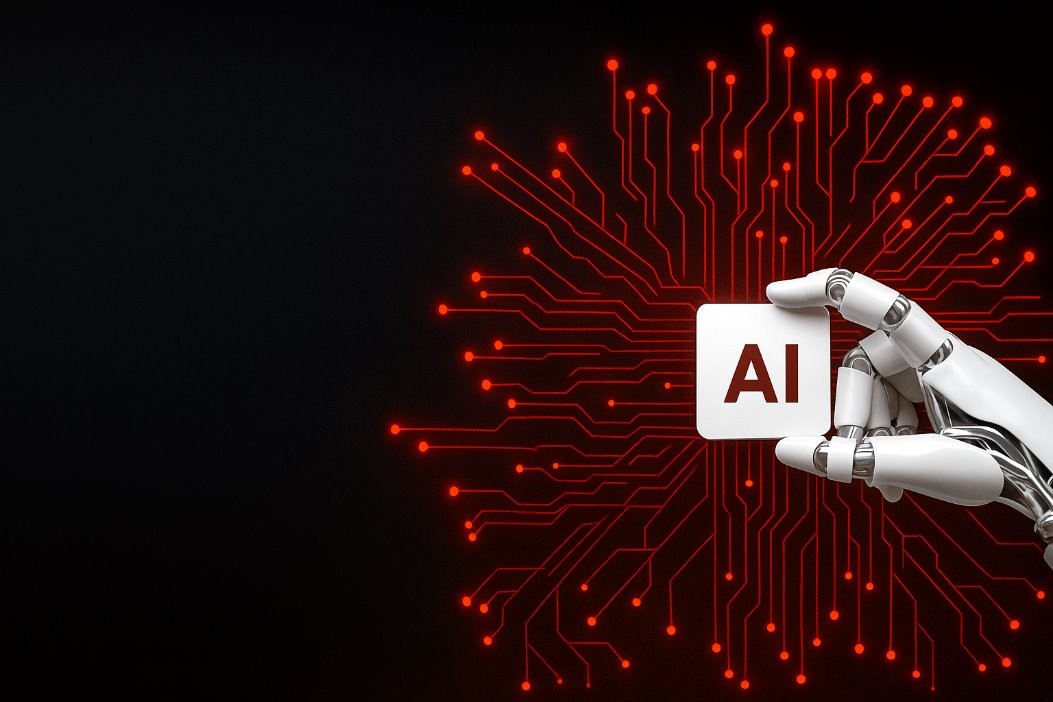B2B. B2C. B2B(2C).The worlds are colliding. The lines are blurring. And the definitions are changing.
Used to the convenience of shopping online, today’s customers expect the same level of service, personalization, quick delivery, reviews and ratings everywhere. Whether it’s digital or face-to-face, they expect consistent – and meaningful – experiences. And that holds true for every industry, including manufacturing.
The B2B(2C) Buying Experience
| THEN | NOW |
|---|---|
| Service-focused | Empowered by self-service |
| In-person transactions | Digital interactions and ecommerce |
| Dependent on salespersons | Independent research |
| Less information, primarily controlled by brands | More information with user-generated reviews and content |
| Seller’s market with few competitors and choices | Buyer’s market with a wealth of choices |
The 4 Expectations of Today’s Customers
Here’s a closer look at the new demands and what it all means, specifically for marketers in manufacturing.
1. Transparency

There’s no doubt about it: your customers are informed. Just like B2C customers, they prefer to do their own research online, basing purchase decisions on reviews, ratings and other feedback. In fact, a growing number prefer the convenience of purchasing online, since it can be quicker and easier than engaging with a salesperson.
What It Means to You
To build trust and keep it, it’s vital to:
- Create transparency and emotional connections through reviews, ratings and user-generated content.
- Collaborate openly about products and services, inspiring improvements and innovation based on customer suggestions.
- Ask questions and share honest answers, especially through social networks and communities, to ultimately build confidence in buying decisions.
2. Simplicity
Different partners. Different solutions. Different touchpoints with your brand. The customer journey is complex, especially in the manufacturing industry. But it shouldn’t feel that way, regardless of whether customers are making a purchase online, through a dealership, or with your sales team.
What It Means to You
Today’s B2B customers expect to:
- Receive outstanding service – matching expectations with the best B2C brands.
- Enjoy a seamless experience, from the first purchase to service and support after the sale.
- Get the right information and tools, from you or your partners, to make the right decisions.
3. Convenience
Your customers expect access to the information they need. Anytime. Anywhere. From any device.
As a manufacturer, that means your customers and your partners are connected everywhere. And the more they connect with your brand, the better. By taking a customer-driven approach, you’ll deliver more value and convenience – all while earning more loyalty and trust.
What It Means to You
Since mobile is the #1 platform:
- Craft every marketing strategy to support multiple channels and devices.
- Make sure sales, service and support are responsively designed from the ground up.
- Strengthen engagement and relationships between you, your partners and your customers from a single platform.
4. Personalization
Every buyer segment is different. Plus, each one can take a different purchasing path. To create a personalized experience, it’s important to not only understand all of the pieces, but how they all fit together.
What It Means to You
Moving forward, the most successful companies will:
- Allow customers to interact with content based on their own interests and readiness to buy.
- Personalize the experience across all channels, content and devices.
- Offer content in multiple formats, so customers can choose what engages them most – whether that’s video, social, white papers, blogs or podcasts.
Additional Roadblocks in Manufacturing
And when it comes to manufacturing, your industry is more complicated than most. On top of these growing demands, there are even more challenges to becoming customer-driven, such as:
- Creating a Seamless Experience with Indirect Channels. Dealers. Distributors. Resellers. Whatever you call them, they’re typically the ones ultimately closing the deals with your customers. And it’s no small challenge to create a completely seamless experience between your corporate brand and the partners who stand behind it.
- Making a Cultural Shift from Products to People. Engineers, product managers and market managers are the core of most manufacturing companies. And while they are vital to your organization, they can also be the hardest to convince when it comes to shifting your focus from your products to your customers.
Next Steps
Now what? Without a doubt, the evolution of technology has radically changed expectations. Here are some of the key ways to keep up:
- Use tools, such as personas and journeys, to better understand your customers.
- Clearly define your brand identity.
- Create a single source for customer engagement data.
- Align marketing, sales, service and partners around the customer.
- Shift from product campaigns to marketing that meets customers wherever they are.
- Turn analytics into insights about what content is actually the most valuable to your customers.

